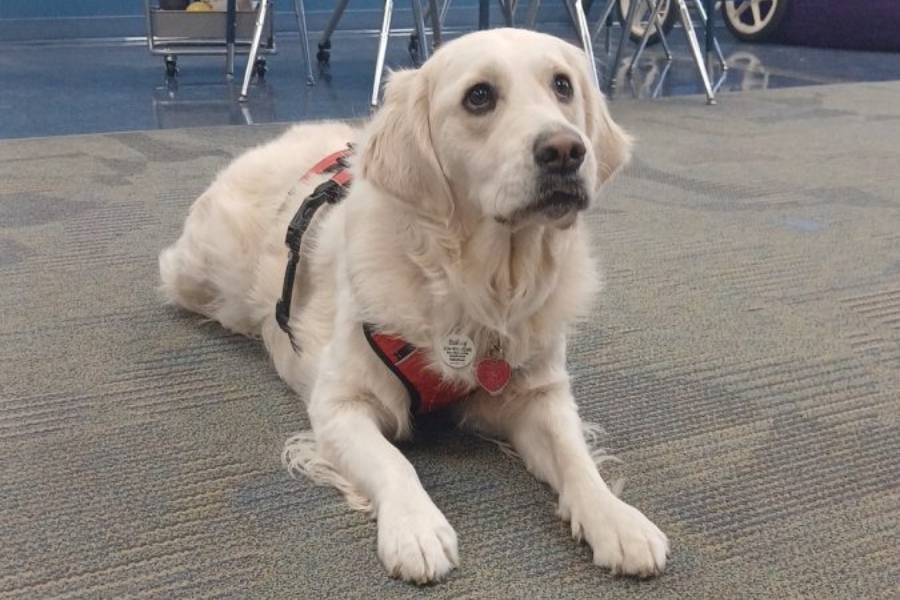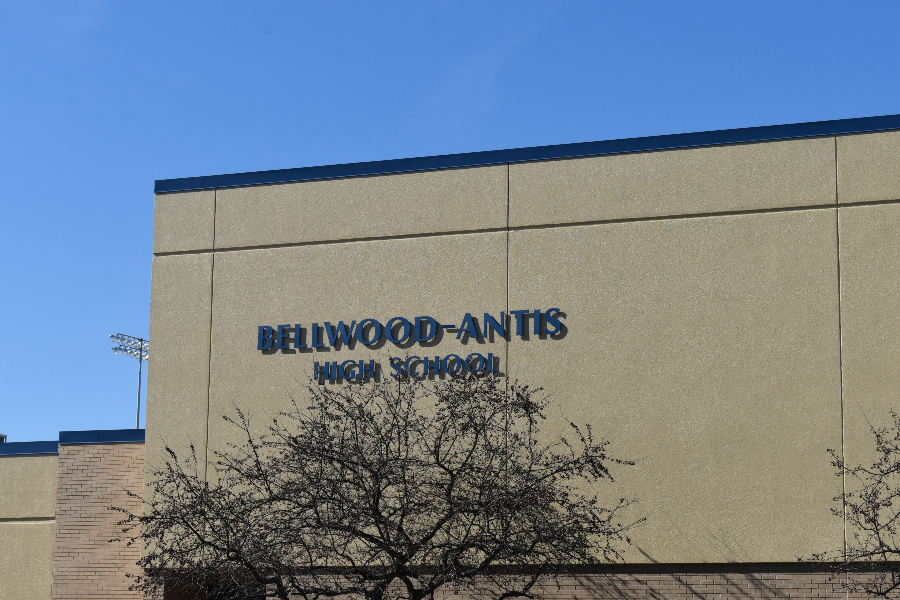Got Milk? It’s a popular ad slogan, and if you go to a school anywhere in America, the answer is probably yes. However, due to recent events the catch phrase may not be true for long– at least not in carton form.
States across the country are currently running out of milk for school districts during a national milk carton shortage. The Midwest and East Coast of the country are the most impacted by the issue.
Galliker, a dairy company based in Pennsylvania, produces 1.3 million milk cartons every week but is struggling to reach their status quo. They are currently offering bulk packaging to their approximate 500 customers to be poured by hand or machine.
Bellwood-Antis School District has yet to be fully impacted by the shortage. The school uses two different kinds of milk, one being Galliker, so they have the other to fall back onto.
“Our café was out of milk for a week, but now it’s back and that will most likely be the worst of it,” commented Stephanie Harpster, Bellwood’s food service director. She believes that nothing more will come of the shortage to the school, but there are preparations in place if otherwise.
Although Bellwood is in the clear, their neighboring school, Tyrone Area School District, recently got a notice that stated the shortage would impact them in the upcoming weeks. Students at Tyrone are currently getting their milk from filling stations rather than cartons.
Some people believe that Galliker should switch to plastic containers, but the company advises against the suggestion since plastic is harder to work with and is in high demand.
Not only are local schools being affected, but nationwide institutions as well. Hospitals, nursing homes, and prisons are among those that use carton milk for the people they house.
Some schools in California have become flexible with serving their students’ milk, and a school District in Clarence, NY, told their parents to provide water bottles or covered cups of milk to their children.
State College is currently reserving its milk cartons for elementary school students while older students have milk stations with jugs to dispense milk into.
Milk is not only a healthy benefit in school lunches, but also a requirement. The USDA’s Food and Nutrition Service (FNS) requires that public schools serve milk with school meals using an Offer vs Serve method, which allows students to choose what to eat while meeting the following requirements:
- Three portions for breakfast and lunch
- At least one half-cup of fruit for breakfast
- At least one half-cup of fruit or vegetables for lunch
The FNS also came out with a memo with information on how to fulfill the requirements for public school lunches by serving “[A]n alternate form of fluid milk or without fluid milk” during the national shortage.
Although many school districts expect the shortage to last into next year, most customers and food service workers have been understanding of the issue.
There is still no clear answer as to what caused the carton shortage, but many have been speculating.
Cream-O-Land Dairies, a diary company that spans across the east coast, stated that their supplier Pactiv Evergreen, “[H]as notified us that it will supply less than 50% of our weekly needs of cartons to meet customer demand in the Eastern United States.” The company had been experiencing major production issues as mentioned in Cream-O-Land’s letter as well.
Pactiv Evergreen announced earlier on in the year that it would be closing one of its paper mills along with another facility, yet they claim to not know if that is the true cause of the shortage.
Some speculate that the COVID-19 pandemic is the cause of the carton shortage. When business closed their doors in 2020, dairy companies struggled with the change and had to get rid of their milk production supplies.
Others believe that the rising trend in free school breakfasts and lunches have played a part in the shortage as well.
The milk carton shortage does not have a clear ending, and some schools are telling parents to prepare for the ongoing shortage.
Galliker has been working with others outside of their company to find solutions and has created a School Milk Helpline to help school districts in need of milk.
Milk processors in the United States are working together to end the shortage. Officials are hoping to control the shortage in weeks and completely stop it next year.
The American Dairy Association gave these tips to those who want to help support their local school district during this time: Offer assistance to schools, volunteer to serve milk, and collect cup donations.














